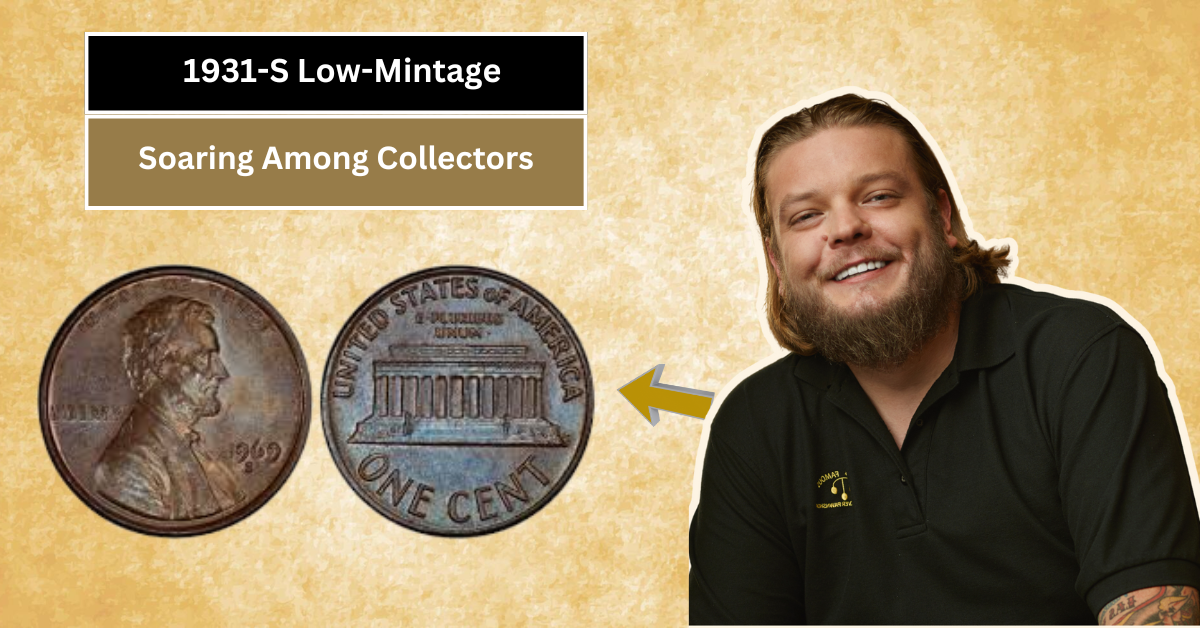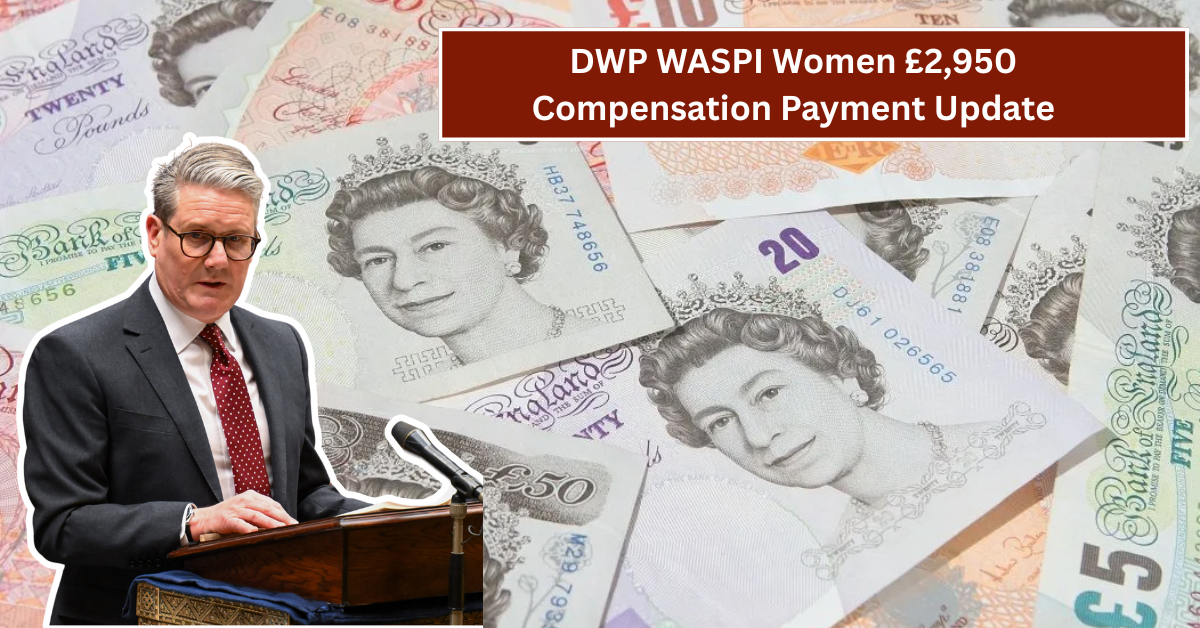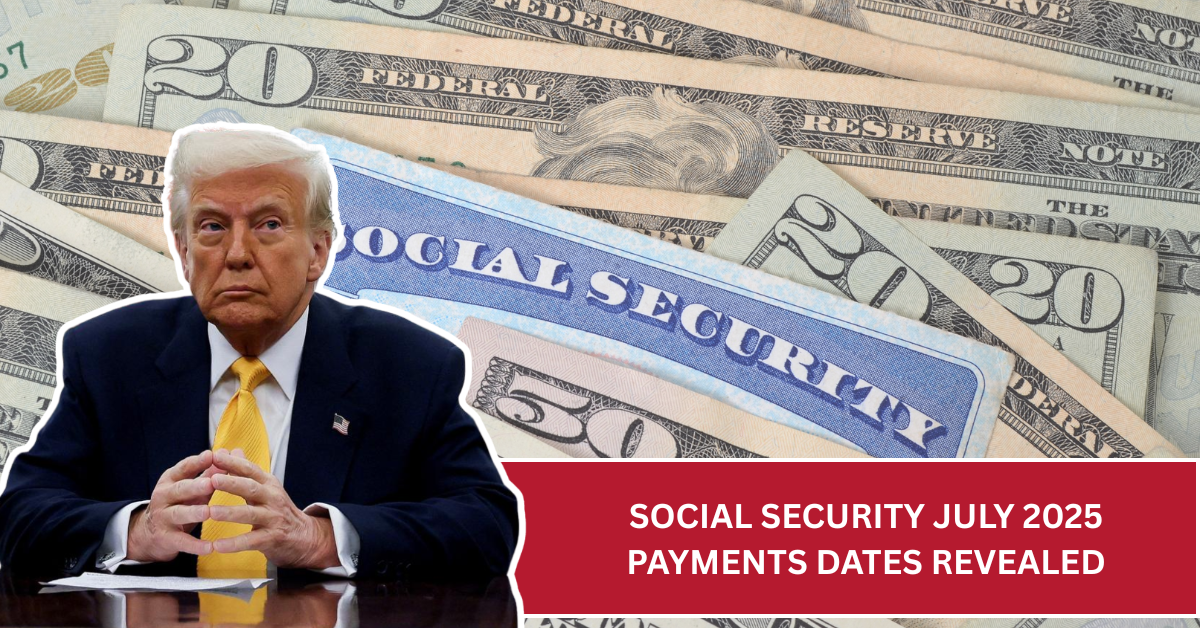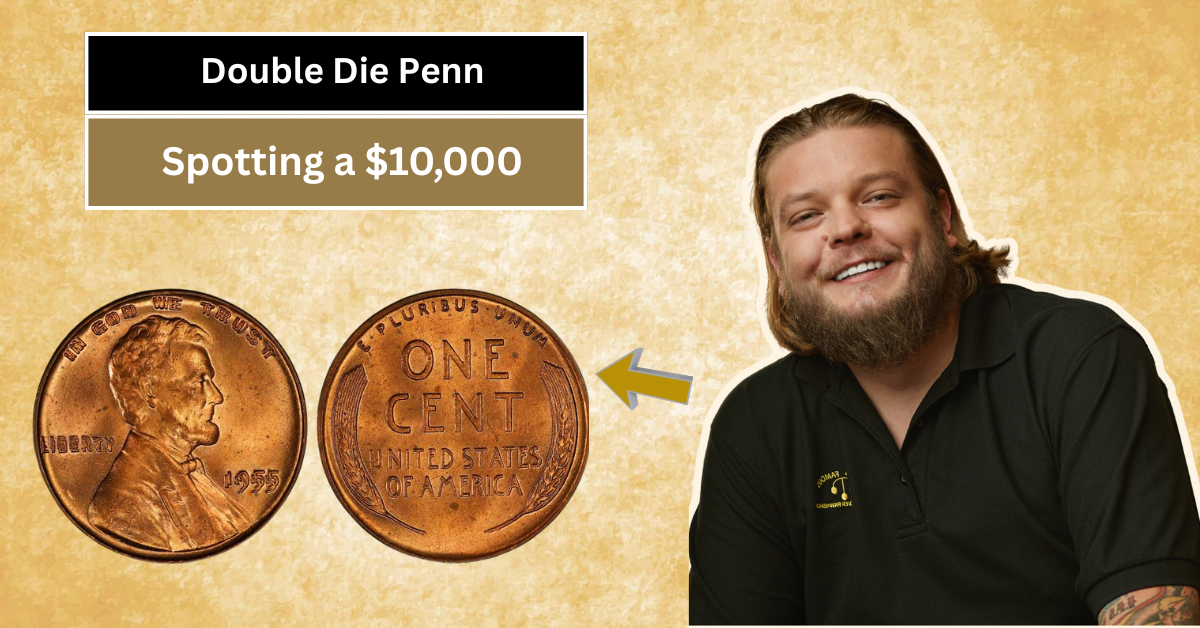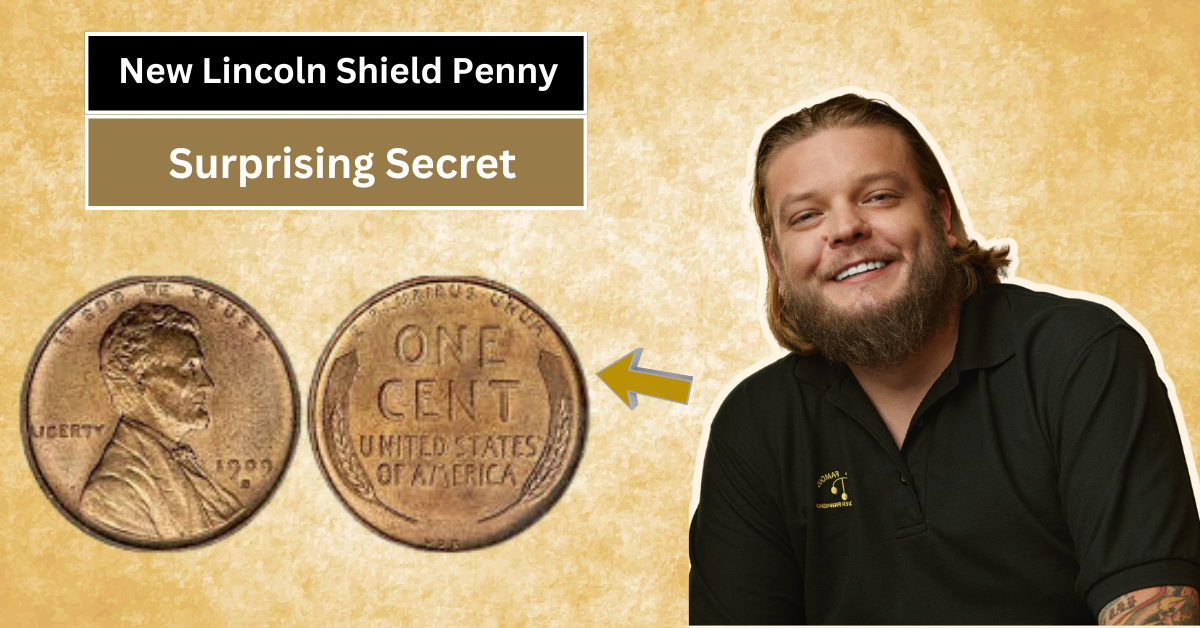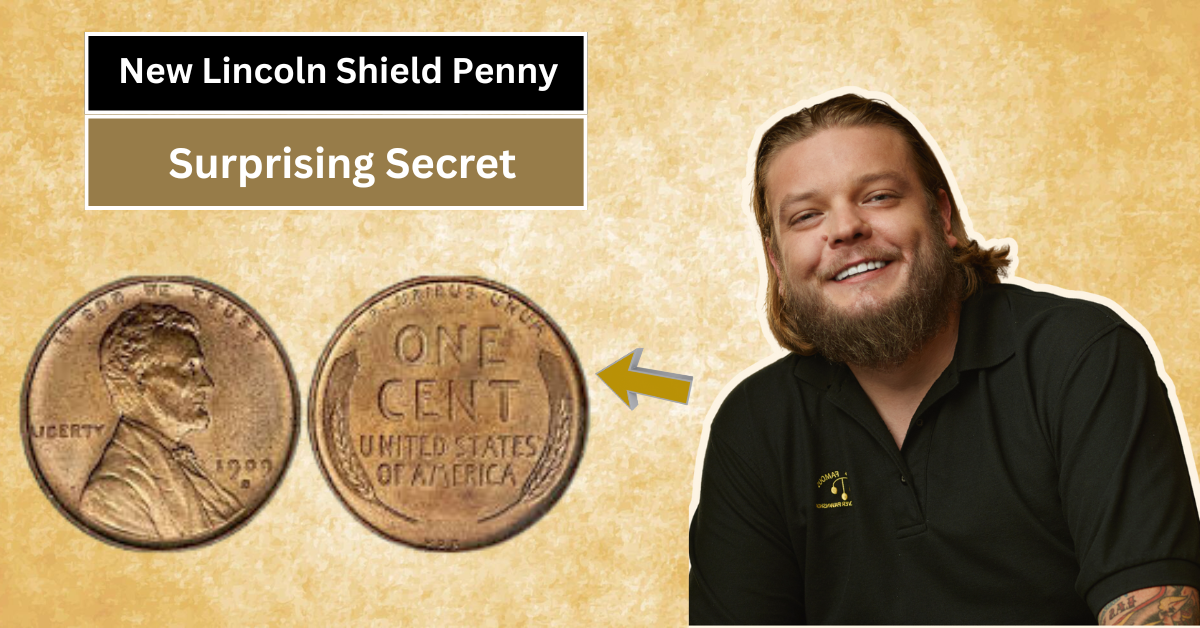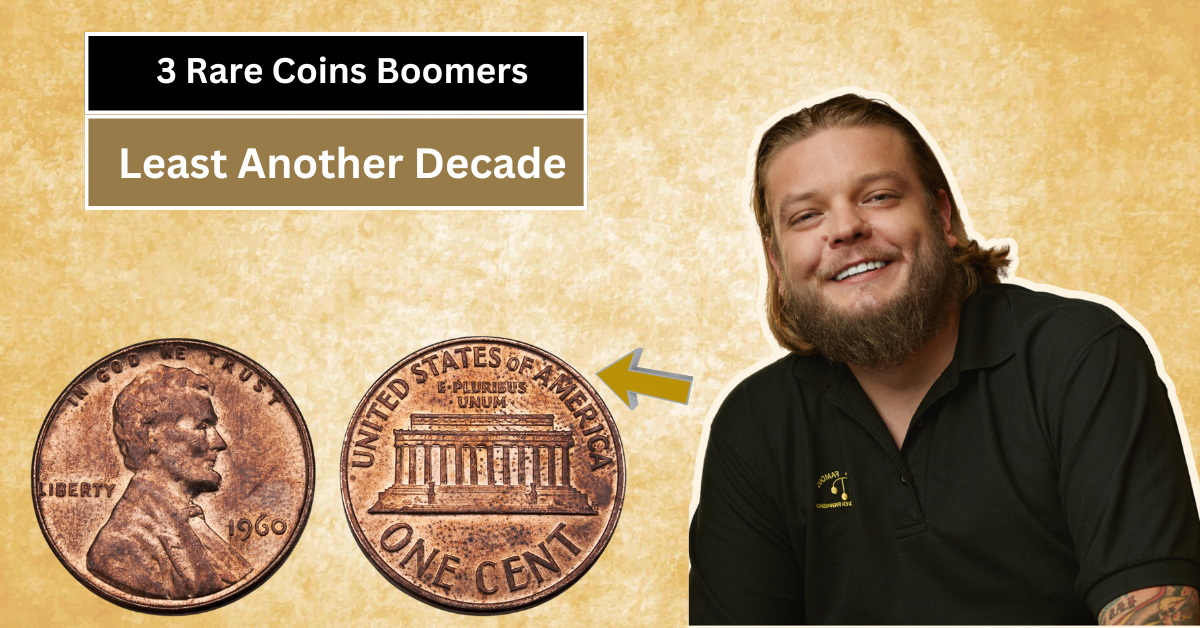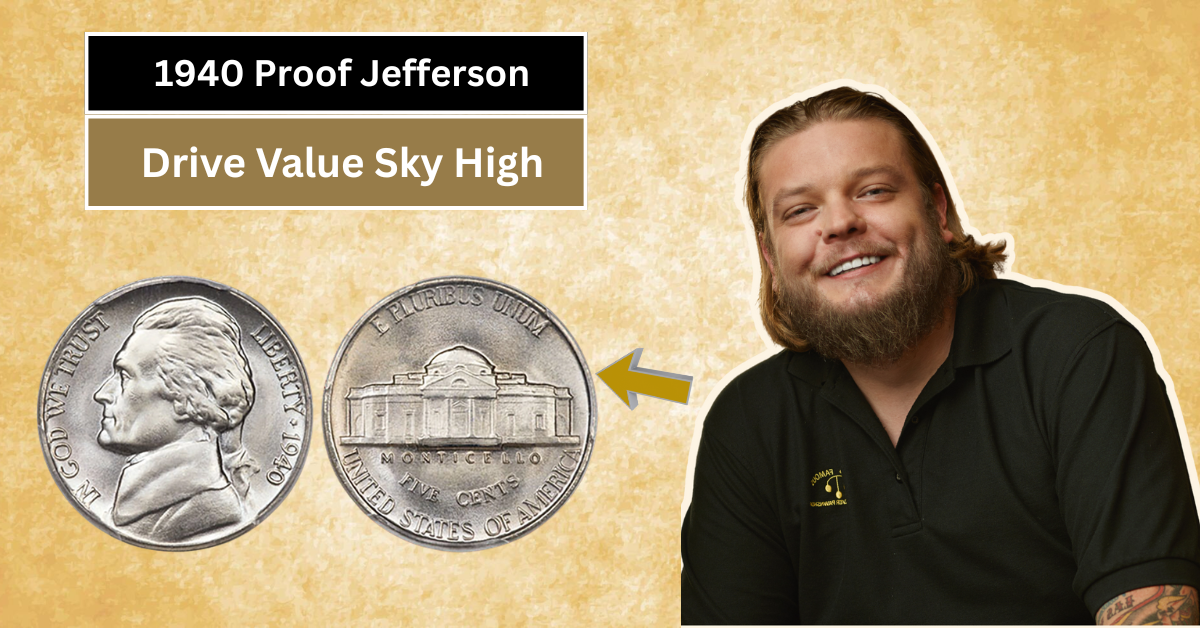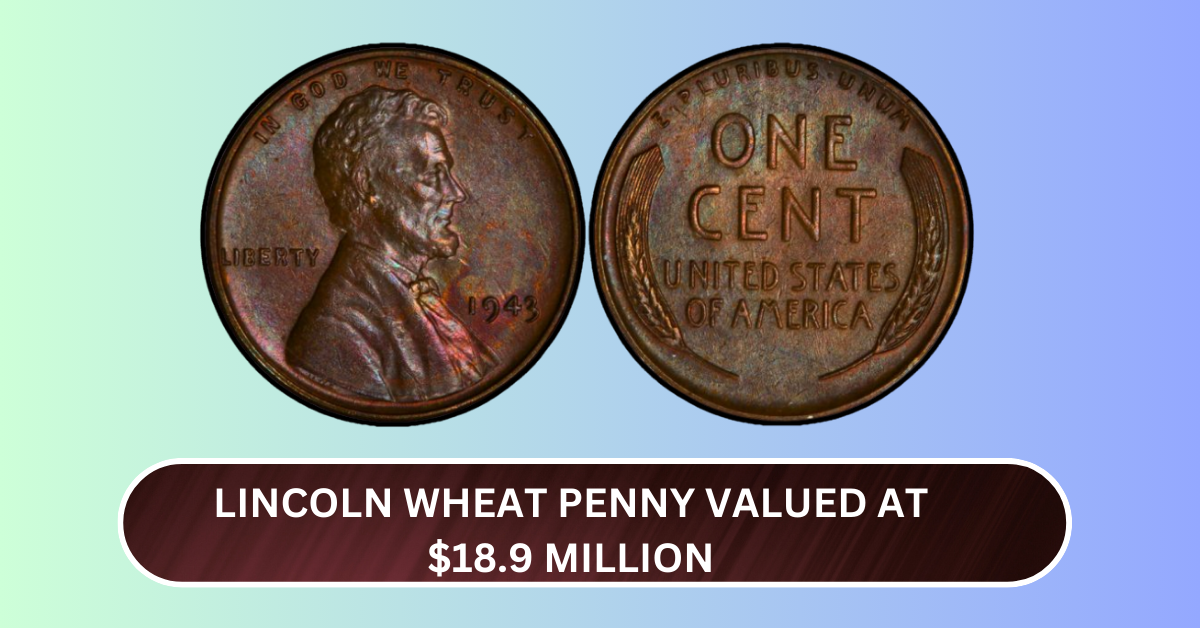
You may not think twice before tossing a one-cent coin into a jar, but what if that penny was worth over ₹150 crore? Sounds unbelievable, right? Well, that’s exactly the case with one very special coin — the 1943 Lincoln Wheat Penny, which has reportedly been valued at a staggering $18.9 million. And yes, it might still be floating around in regular circulation.
What Is the Lincoln Wheat Penny?
This Article Includes
The Lincoln Wheat Penny was first minted in 1909 and was in production until 1958. It features the profile of U.S. President Abraham Lincoln on one side and two stalks of wheat on the other — hence the name. It was the first U.S. coin to bear a real person’s face.
But not all Lincoln Wheat Pennies are valuable. Most are worth only a few cents. So, what makes this particular one so special?
The $18.9 Million Mystery Penny
The coin that has caught everyone’s attention is a rare 1943 copper Lincoln Wheat Penny. During World War II, the U.S. Mint switched from copper to zinc-coated steel to save copper for war-related materials. However, by mistake, a few copper blanks were used, and the result was an accidental minting of copper pennies in 1943.
It is believed that only about 20 of these copper 1943 pennies exist in the world. And since they were never supposed to be released, they are now considered incredibly rare. One such coin was reportedly sold at auction for a jaw-dropping $18.9 million.
Why Is It Still in Circulation?
Although most collectors keep a tight hold on such rare coins, there’s still a chance that some of these slipped into everyday use back in the 1940s. Over time, they could have landed in coin jars, wallets, or even piggy banks, unnoticed for decades.
That’s why coin experts believe that at least a few of these copper pennies may still be hiding in plain sight — possibly even in your pocket change.
How to Spot the Rare Penny
If you’re wondering whether you have one of these valuable coins, here’s what to look for:
- Year: It should say 1943
- Material: Use a magnet. The rare penny is made of copper, so it won’t stick to a magnet (steel ones will)
- Color: A genuine copper penny has a reddish-brown appearance, unlike the grey color of steel
- Mint Mark: Check for small letters under the year (D for Denver, S for San Francisco, or no mark for Philadelphia)
If your 1943 penny is copper and not steel, you might just be holding a small fortune.
Why Collectors Pay So Much
The value of a coin isn’t just about age. It depends on rarity, condition, demand, and any errors or uniqueness. In this case, the error in minting copper instead of steel during wartime made this coin incredibly rare. And since only a handful were ever made — and even fewer survive in good condition — collectors are willing to pay enormous amounts to get their hands on one.
Over the years, rare coin collecting has become a serious business. People spend lakhs, even crores, on collectible coins, especially those with a historic backstory or unique flaw. The 1943 copper penny ticks all the boxes.
What Should You Do If You Find One?
If you think you’ve found a 1943 copper penny, don’t rush to the local jeweler. Get it checked by a certified coin grading service or a trusted numismatist. They can verify whether it’s the real deal.
Avoid trying to clean or polish the coin — collectors want original condition, and cleaning may reduce its value.
Final Thoughts
In today’s world, where inflation eats away at the value of every rupee, the idea that a one-cent coin could be worth more than ₹150 crore feels unreal. But this isn’t fiction — it’s real, and it could happen to anyone.
So next time you get a handful of change back after buying groceries, take a second look. That dusty old coin might just be your golden ticket.



